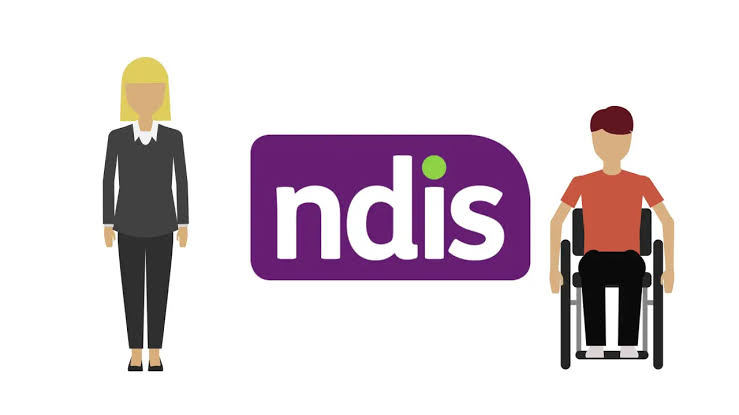Reference based pricing (RBP) has emerged as a key strategy in healthcare cost management, providing an alternative to traditional pricing models by setting a standard price for medical services and procedures. This approach allows organizations to control expenses by limiting the reimbursement amount for specific treatments to a reference price, rather than paying the provider’s billed charges. As healthcare costs continue to rise, reference based pricing offers a structured solution that can benefit both employers and employees by promoting transparency, encouraging cost-effective care, and providing a clear framework for managing healthcare expenses. This article delves into how reference based pricing works, its advantages and challenges, and its potential impact on the healthcare landscape.
How Reference Based Pricing Works
Reference based pricing is designed to establish a maximum price that a payer, such as an employer or insurer, is willing to reimburse for a given healthcare service. The reference price is typically set based on a market rate, which may include benchmarks from Medicare reimbursement rates, average regional pricing, or specific negotiated rates with providers. Once the reference price is established, any provider who charges more than this amount may require the patient to pay the difference unless the provider agrees to accept the reference price as full payment.
In a traditional pricing model, employers and insurers negotiate discounted rates with a network of providers, and patients are responsible for any copays or deductibles as set by their plan. In contrast, reference based pricing allows employers to move away from these network-based contracts. Instead, patients can access care from any provider, with the understanding that the organization will only reimburse up to the reference price for each service.
For example, if an employer sets a reference price of $30,000 for a knee replacement and a patient selects a provider who charges $35,000, the patient may be responsible for the $5,000 difference. However, if the provider agrees to the reference price, the procedure would be covered fully within the set limit. This structure incentivizes patients to select providers offering services at or below the reference price, promoting cost-conscious choices while maintaining access to a broad range of providers.
Benefits of Reference Based Pricing
One of the main benefits of reference based pricing is its potential to reduce overall healthcare costs. By establishing a maximum reimbursement level, organizations can better manage expenses and avoid paying excessive fees for routine procedures. RBP encourages price competition among providers, as patients have an incentive to choose providers with costs within the reference limits. Providers who wish to attract patients covered by RBP plans may be more likely to lower their prices or accept the reference price as full payment, creating a competitive pricing environment.
RBP also promotes transparency in healthcare pricing. Unlike traditional models where pricing can vary significantly without clear reasoning, reference based pricing requires providers to communicate their charges upfront, enabling patients to make informed choices. This increased visibility into healthcare costs benefits both employers and employees, as it creates greater accountability and offers patients insight into the true cost of their care.
Another advantage is flexibility in provider selection. Unlike traditional network-based plans that limit patients to certain providers, RBP allows patients to seek care from any provider, with the understanding that costs above the reference price may be their responsibility. This flexibility can enhance patient satisfaction by expanding provider options, particularly for those who wish to receive care outside of a limited network.
Challenges of Implementing Reference Based Pricing
While reference based pricing offers distinct advantages, implementing it can also present challenges, particularly in terms of patient education and provider acceptance. For patients who are accustomed to traditional network-based insurance models, RBP may require an adjustment period. Patients need to understand how the reference pricing model works, including their potential financial responsibility if they select a provider whose fees exceed the reference price. Effective communication and educational resources are essential to help patients navigate these differences.
Provider acceptance is another potential challenge, as some providers may be unwilling to accept reference based pricing limits and may charge the patient the difference, known as balance billing. Balance billing can create financial strain for patients who choose higher-priced providers, potentially leading to dissatisfaction and unexpected expenses. To address this, some RBP plans to establish a network of providers who have agreed to accept reference prices, allowing patients to receive care at pre-approved rates while still offering a level of cost control.
Legal and regulatory concerns may also affect the implementation of reference based pricing. While RBP is widely accepted as a valid cost-management strategy, some states have regulations regarding balance billing and patient liability, which may impact how RBP can be structured. Organizations should work closely with legal advisors to ensure compliance with state and federal regulations and to design RBP plans that are both effective and legally sound.
Reference Based Pricing in Practice
When implementing reference based pricing, organizations typically begin by identifying high-cost procedures where price variability is significant. These procedures often include surgeries, imaging services, and specialized treatments, where charges can differ dramatically between providers. Once the procedures are selected, the organization sets a reference price based on data from Medicare, regional averages, or other benchmarks.
Patient education plays a critical role in the success of reference based pricing. Employers and insurers must ensure that employees understand their plan’s structure, including how to compare provider prices, what the reference price covers, and the potential costs if they select a provider who charges above the reference rate. Many RBP plans provide tools such as price comparison websites, which allow patients to compare provider costs and make informed choices.
Some organizations also work with third-party administrators who specialize in RBP to negotiate directly with providers on the patient’s behalf. These administrators can help facilitate agreements with providers and reduce the likelihood of balance billing, offering an added layer of protection for patients. By providing these support resources, organizations can make RBP a smoother experience for patients and minimize potential financial stress.
Best Practices for Adopting Reference Based Pricing
For organizations considering reference based pricing, adopting best practices can help ensure a successful implementation. First, selecting procedures with significant price variability is essential, as RBP works best for services where costs differ widely and transparency can be improved. High-cost, non-emergency procedures such as joint replacements and diagnostic imaging are typically good candidates for RBP.
Clear communication is another key best practice. Employees need a clear understanding of how RBP differs from traditional insurance models, including tools to find providers within the reference price and an explanation of potential balance billing. Providing employees with resources such as price comparison tools, guidance on selecting cost-effective providers, and access to third-party support services can help them navigate RBP with confidence.
Finally, establishing partnerships with providers who are willing to accept the reference price as full payment can enhance the program’s effectiveness. Building a network of RBP-compliant providers can reduce the risk of balance billing and ensure employees have access to quality care without incurring extra expenses.
In Conclusion: The Value of Reference Based Pricing
Reference based pricing offers a powerful solution for organizations looking to control healthcare costs while promoting transparency and patient choice. By establishing clear reference prices for common procedures, RBP encourages cost-conscious decision-making and fosters a competitive healthcare environment where providers may adjust their prices to attract patients. While challenges such as patient education and provider acceptance remain, reference based pricing has shown promise in reducing healthcare expenses and improving access to affordable care options.
For organizations seeking a structured approach to managing healthcare costs, reference based pricing provides a viable and flexible option that aligns with modern demands for transparency and cost control. Through thoughtful implementation and employee support, reference based pricing can be a sustainable and impactful strategy in today’s healthcare landscape.








